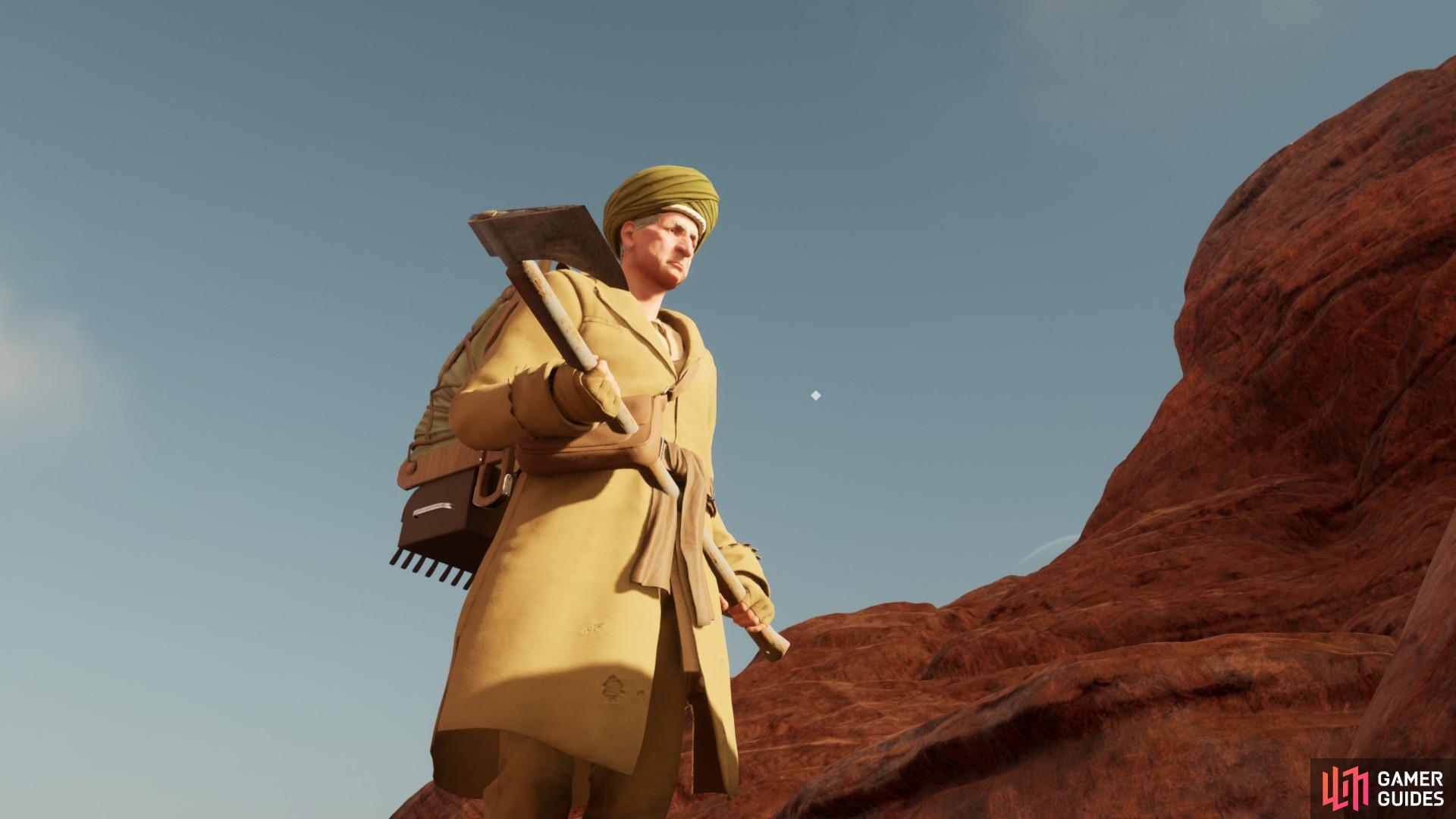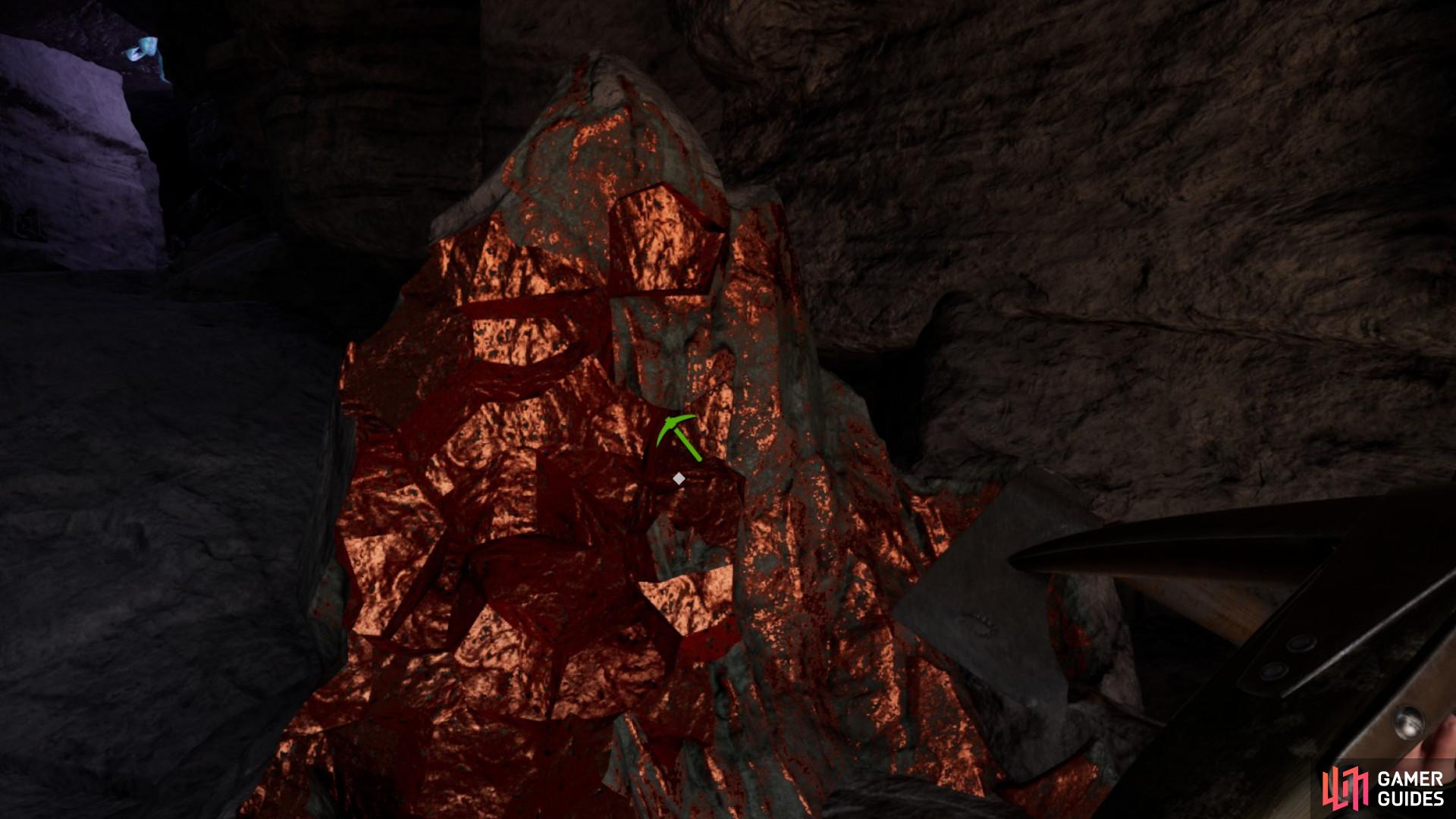Tools in Nightingale are used for one of two things: pure, efficient gathering or for beating the heads of bound beasts and brassy automatons wandering around. Also, each comes with its own damage type and is used for harvesting and gathering worldwide. So, when it comes to Nightingale’s unique crafting system, you really have some choices on how to build your min-maxed and BIS (Best In Slot) item for your gameplay style or needs. In this guide, we will go through the best materials for tools in Nightingale for combat and gathering needs and go into more detail on each tool type.
This guide takes a look at a list of materials that are the best for Nightingale’s tools at various stages of the game.
Best Materials for Tools in Nightingale¶
In this section, we’ll highlight a table containing all the ores, woods, and other bits and pieces you want to apply to your tools for a variety of builds. Moreover, the table features the best materials for various tiers so that you can min-max your stats slightly better for different tiers. Keep an eye on what tier of content you’re at, as you’ll gradually need to improve your item level to start gathering higher-tier resources. Sometimes, that may not correlate with what is best at the time, but it is necessary for progress.
| Resource | Type | Stat 1 | Stat 2 | Stat 3 | Stat 4 |
|---|---|---|---|---|---|
| Nickel | T1 Ore | 10% Melee Damage | 5% Durability | 10% Strength | – |
| Lacanus | T1 Ingot Drop | 20% Melee Damage | 20% Durability | 20% Fire Resistance | – |
| Advanced Lacanus | T1 Ingot Drop | 30% Melee Damage | 30% Durability | 30% Fire Resistance | – |
| Forest Wood | All Tiered Lumbers | 5-10% Durability (T3/5) | 5-25% Blocking Efficiency | 10-25% Strength | – |
| Desert Wood | All Tiered Lumbers | 5-12.5% Crit damage | 5-15% Range Rating | 5-15% Stamina Efficiency | 5-15% Movement Speed (T3/5 only) |
| Iron | T2 Ore | 15% Melee Damage | 20% Durability | 10% Strength | – |
| Steel | T2 Ingot | 25% Durability | 25% Blocking Efficiency | 25% Strength | – |
| Yew | T2 Lumber Drop | 15% Melee Damage | 20% Strength | – | – |
| Advanced Yew | T2 Lumber Drop | 25% Melee Damage | 30% Strength | – | – |
| Elder Eotan | T3 Lumber | 20% Max HP | 15% Health Regen | 50% Stealth | 30% Blocking Efficiency |
| Gold | T4 Ore | 25% Magick Power | 20% Blocking Efficiency | 20% Strength | – |
| Ayrium | T4 Ore | 25% Melee Damage | 20% Stealth Rating | 20% Range Rating | 15% Heat Resistance |
| Titanium | T4 Ore | 20% Stamina Regen | 20% Melee Damage | 20% Durability | 15% Fire Resistance |
| Pellucidic | T4 Ingot | 30% Melee Damage | 10% Critical Damage | 20% Durability | 30% Strength |
The table above shows you the best materials you can use for various purposes at various stages of the game. This is essentially a bit of a TL:DR. If you care for our explanations, then below you’ll find details on the progression of the best materials for tools in Nightingale, so you can get an idea of where to get the materials from and the gradual progress you’ll make.
Best Ingots for Tools in Nightingale¶
In the early game, the best materials to use for tools are Nickel and Lacanus. Nickel offers the best durability and melee combat damage buffs, making the early game desert ore the best for your first simple tool crafts. One point to Desert Abeyance realms. If you did not start in the Desert, don’t worry too much about farming Nickel over Tin, as the difference is negligible, and they’ll get replaced within a few hours of playtime anyway.
Mining is an important part of the game, as you’ll need to mine various materials to min-max tools, upgrade item levels, and more.
However, when you start clearing out the Antiquarian, and Astrolabe Dungeons in your Abeyance Realm, you’ll encounter Bound enemies. When you defeat the swordsman-type enemies, you will collect Lacanus and Advanced Lacanus from rarer drops, making for even better damage and gathering ingots for Tier 1 crafts. Lacanus will likely be the next Simple or Refined Tool crafts you make and upgrade, pushing you towards 40-72 gear score depending on upgrades and even further if you use advanced. This doesn’t even factor in any higher-tier lumber, either. Don’t knock the Fire Resistance either, since most of the Fabled Automaton Knight bosses deal fire damage and leave burns, and most of the Bound enemies have some sort of fire damage modifier too.
When you reach Tier 2 materials, Steel should be your go-to craft when moving into the mid-game with ingots. The Durability, Strength, and Blocking make it all round great for combat and gathering. There’s no real option for Stamina efficiency bar Shimmering Ore, but the stats on Shimmering tend to favor gun materials more than tools. So, make sure to get the Blacksmith’s Heart from the Herbarium trader and start crafting Steel as your next tier of Ingots. Bronze is okay for crit and melee damage if you would prefer to make that, but the strength and blocking are too good for the harder enemies you face in this tier of the realms you are in at this stage of the game. Iron is also an acceptable alternative offering better melee damage, but worse strength and durability.
Regarding later ore choices, you tend to have a few options depending on style. We’ve recommended either the Gold, Ayrium, Titanium, and Pellucidic ores. Of the first three on that list, Gold is likely the best choice if you’re into blocking and using enchantments a lot on your weapons. The increased blocking and magick damage increase make it great on two-handed hammers for Shockwave damage and blocking. Perfect for that Paladin-like build. Meanwhile, Acyrium increases Stealth and Range ratings, making it pretty good for later game guns, and also used on Skinning Knives as part of stealth backstab heartshot type playstyles. It’s a niche, but it’s an option for those who like that type of assassin gameplay while out and about in realms. Suppose you’re looking for something more general. In that case, Titanium is the better option for its standard durability, strength, and melee damage bonus, making it great for combat and harvesting.
However, if we are to give a BIS material, then the Pellucidic Ingot is the best for tools. You can get these by trading with Sun Giants as part of the Watch end-game quest or by fighting Sun Giant bosses in the Watch vault content. Grabbing this material is great, as it means that you can apply the biggest melee damage buff, second highest crit buff, somewhat high durability, and the highest strength buffing ingot to your tools. With all of these metrics, on top of it being an end game material, it makes the Pellucidic Ingots the highest and most well-rounded offensive ingot in the game to craft your end game tools with.
Best Lumber for Tools in Nightingale¶
Wood is interesting, as the drop-only lumber tends to be rare but has good stats, while the biome woods offer thematic improvements on your Lumber. Forest Wood is likely the best type of wood for tools throughout the game. Forest Lumber comes with the key stats of Durability, Strength, and Melee Damage, while Swamp is better for Stealth, and Desert for Crit and Movement speed. Again, the lumber here depends on your play style. But, in general, Forest Lumber is better for most tools in most situations, while Swamp is likely better used on Daggers and Guns for Stealth attributes.
Players can find various tiers of lumber as they get into higher realmscore biomes. This image contains a T2, T3, and T4 Forest Lumber, each with different item level requirements to harvest.
Make sure to keep your Axe upgraded so you can harvest the various tiered trees as you progress. The item levels you need to harvest the next tier of lumber are 40, 100, and 200. So, keep that in mind as you progress to higher-tier realms and need to keep up with your Axe’s item level. You’ll start seeing Tier 1 Wood in the early game major card realms, with T2 appearing in those realms very infrequently and becoming more common in Herbarium realms and beyond. The blue-colored trees also appear rarely in Herbarium, becoming more common with higher realm cores. Purple trees can also be found extremely rarely in Herbarium but become more common once again in higher realm scores. The color of the trees indicates the tier of the wood, FYI.
Outside of that, the Yew Lumber from the Bound tank enemies with the giant tree clubs offer incredible combat stats. The Advanced Yew has the highest strength stat of 30 of any Lumber in the game, meaning you can make some incredibly overpowered tools for T2 content using this wood. However, when it comes to item level, the higher-tier forest wood becomes much more valuable from item level alone. Keep an eye on them if that’s more your thing.
When you reach the final tiers, the best wood becomes the Elder Eotan Wood. Excellent Health Regen, Increased Health, Stealth, and Blocking is perfect for end-game combat as you start taking on the Advanced Ascended difficulty realms. Those defensive stats will become incredibly strong. T3 Eoten Wood is also great for Durability, Crit, and Stamina efficiency, once again making it another good option for end-game lumber.
This concludes the best materials in Nightingale for Tools. Hopefully, you have a better idea of the types of tools and materials you want to pair up, and what stats you want to focus on to create the right tool for the task at the stage of the game you’re at.




 Sign up
Sign up
No Comments